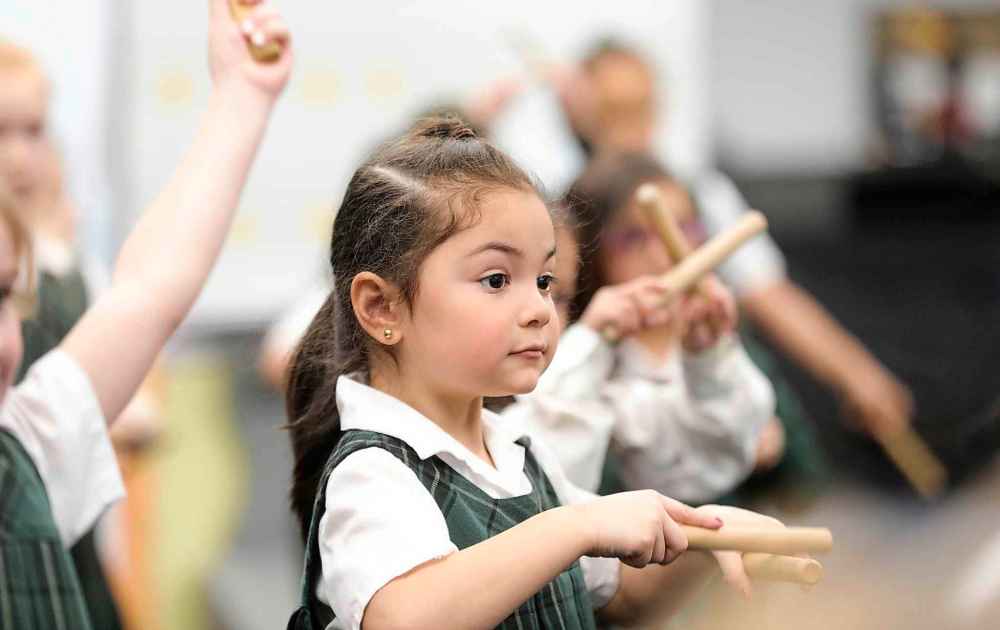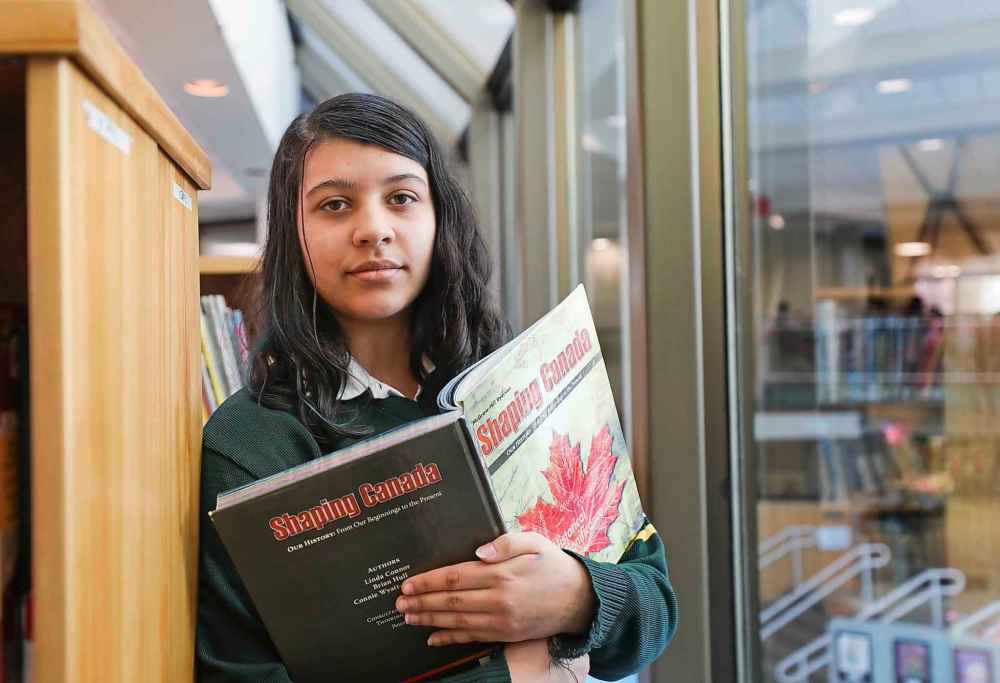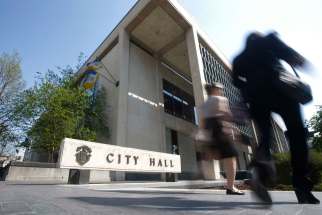Equity conference seeks school ‘path to reconciliation’
Read this article for free:
or
Already have an account? Log in here »
To continue reading, please subscribe:
Monthly Digital Subscription
$0 for the first 4 weeks*
- Enjoy unlimited reading on winnipegfreepress.com
- Read the E-Edition, our digital replica newspaper
- Access News Break, our award-winning app
- Play interactive puzzles
*No charge for 4 weeks then price increases to the regular rate of $19.00 plus GST every four weeks. Offer available to new and qualified returning subscribers only. Cancel any time.
Monthly Digital Subscription
$4.75/week*
- Enjoy unlimited reading on winnipegfreepress.com
- Read the E-Edition, our digital replica newspaper
- Access News Break, our award-winning app
- Play interactive puzzles
*Billed as $19 plus GST every four weeks. Cancel any time.
To continue reading, please subscribe:
Add Free Press access to your Brandon Sun subscription for only an additional
$1 for the first 4 weeks*
*Your next subscription payment will increase by $1.00 and you will be charged $16.99 plus GST for four weeks. After four weeks, your payment will increase to $23.99 plus GST every four weeks.
Read unlimited articles for free today:
or
Already have an account? Log in here »
Hey there, time traveller!
This article was published 11/02/2020 (2128 days ago), so information in it may no longer be current.
How do teachers begin to explain to children as young as five what reconciliation means?
On Tuesday, the lesson at Balmoral Hall School started much like any typical history course — but in Anishinaabemowin: “Namadabig” (“Sit down, everybody”).
For a third consecutive year, the private girls’ school in West Broadway organized a day-long equity conference centred around First Nations cultures and Indigenous-led storytelling.

The annual event was created to acknowledge both Winnipeg’s Indigenous Accord and the Truth and Reconciliation Commission of Canada’s 62nd “call to action” — for educators to, in consultation and collaboration with Indigenous community members, “make age-appropriate curriculum” related to residential schools, treaties and Indigenous history.
“It’s to teach the students about who we really are as Ojibwa people and that we have our own culture, language, values, beliefs and history,” said Donna Beach, an Indigenous languages consultant and member of Lake Manitoba First Nation, who led workshops on Ojibwa history for students Tuesday.
“I don’t want them to learn what I learned when I went to school — that being Aboriginal was not a good thing.”
This year’s event, Equity 2020: Indigenous Languages and Art, emphasized the importance of language revitalization, traditional art and discussions about the history of Canada before colonization.
Beginning with a performance from the Strong Warrior Girls Anishinaabe Singers — whose choir leader, Gloria Barker, taught the gymnasium crowd the meaning of namadabig — the day’s activities varied for all ages. The itinerary included everything from Treaty Relations Commission of Manitoba lectures on the history of treaties to painting creations inspired by a picture of Inuit sea goddess Sedna.
That’s where the kindergarten and Grade 1 students began: an art studio with palettes of blue and purple, in which they wet brushes and drew mermaids and northern skies after learning about Inuit art.
Meanwhile, middle and high school students learned about how Indigenous peoples signed agreements to share their lands in exchange for things such as quality education and, from Beach, about the connection Ojibwa people have to their natural environment.

“The creation story is the foundation of who we are and what creator gave us and what our language and culture is,” Beach said, after teaching a class about Giizi Manito, known as “creator” to the Ojibwa people.
She spoke about Giizi Manito, who, according to Ojibwa beliefs, created a world where all living things could live in harmony.
The creator, Beach said, created “inini” (man) by combining the four sacred elements of “mama aki” (mother earth) — earth, fire, water and air — and blowing them into a sacred shell. That’s when she said it is believed the union of the elements and the creator’s breath formed to create humanity.
Although Indigenous history is embedded into the curriculum, Beach’s lesson was one students wouldn’t have learned in their textbooks, and why Balmoral Hall invites different Indigenous community members to attend the conference each year.
Bryan Williams, a humanities teacher who organized the event, said it’s the one day of the year completely dedicated to “finding a path to reconciliation” through different themes, such as language and art. It also allows students to build relationships with community members, he said.
“We learn about reconciliation, we learn about residential schools and how they impacted people and we usually go into quite a bit of detail (during the school year),” said Sarah Mathew, a Grade 10 student at Balmoral Hall. “But it’s never the same as when we do these equity conferences.”
Mathew said speakers such as Beach bring their lived experience to the classroom, which is “more meaningful” for students learning about what reconciliation means.

Rather than relying on textbooks to tell their stories, Indigenous speakers share their own personal views and teach students about negative stereotypes, she said. “Indigenous people have their own side of the stories.”
maggie.macintosh@freepress.mb.ca
Twitter: @macintoshmaggie
Funding for the Free Press education reporter comes from the Government of Canada through the Local Journalism Initiative

Maggie Macintosh reports on education for the Winnipeg Free Press. Funding for the Free Press education reporter comes from the Government of Canada through the Local Journalism Initiative.
Our newsroom depends on a growing audience of readers to power our journalism. If you are not a paid reader, please consider becoming a subscriber.
Our newsroom depends on its audience of readers to power our journalism. Thank you for your support.








